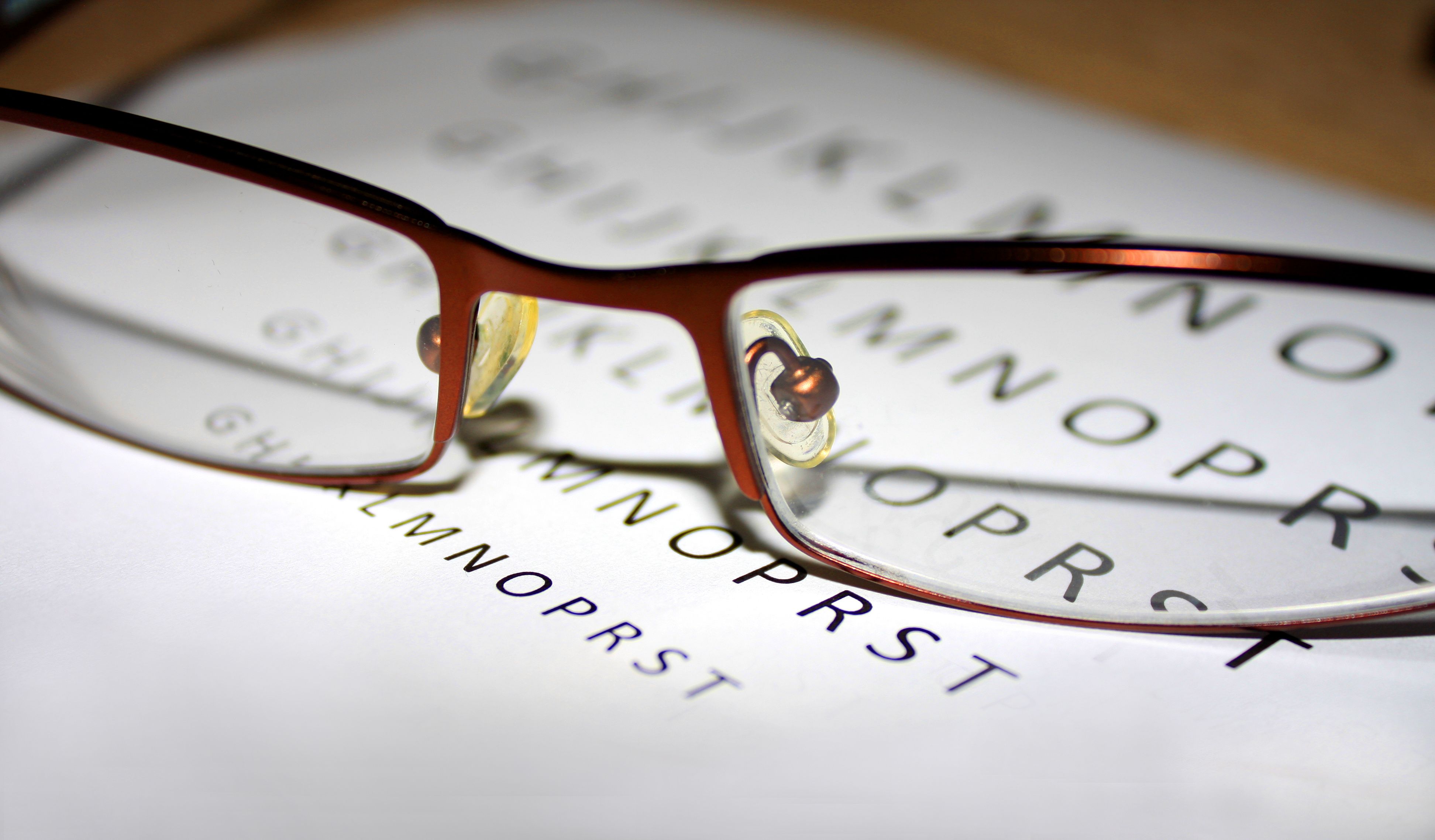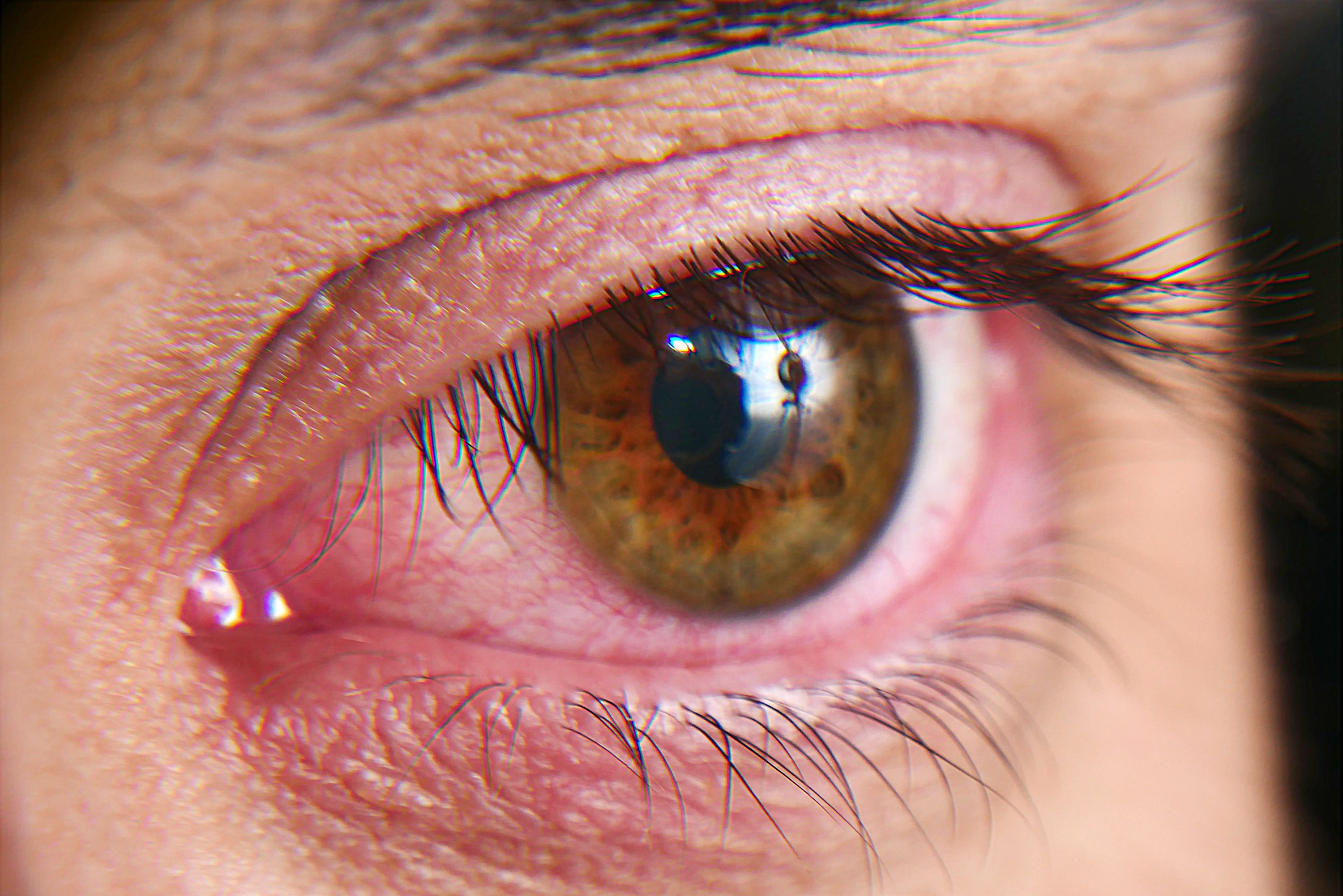News
Article
Eye Disease Detection Programs in Underserved Areas Could Improve Treatment
Author(s):
Primary care clinics in underserved areas including eye disease detection programs could reduce vision loss in the US.
Needless vision loss in the US could be reduced with the inclusion of eye disease detection programs in primary care clinics in areas that are underserved, according to a new study published in JAMA Ophthalmology.1 Eye disease detection and treatment improving could be good for patient vision overall.
Preventive health care includes routine eye examinations that can provide interventions before permanent visual impairment. Patients 65 years and older are recommended to receive an examination every 1 to 2 years to detect eye disease related to aging.2 Such diseases include cataracts, age-related macular degeneration (AMD), diabetic retinopathy (DR), and glaucoma along with uncorrected refractive error. One example of a program incorporating telemedicine-based eye disease detection is the Michigan Screening and Intervention for Glaucoma and Eye Health Through Telemedicine (MI-SIGHT) Program for patients from 2 lower-income communities. This study aimed to assess whether MI-SIGHT could be used on as a nationally scalable approach to eye care and why patients did not use other services prior to MI-SIGHT.1
This cross-sectional study recruited patients who participated in MI-SIGHT during their first year. The MI-SIGHT program was conducted in Hope Clinic and the Hamilton Community Health Network in Ypsilanti and Flint in Michigan, respectively. Health care providers in the community clinics referred patients for this service, contacted patients overdue for an eye exam, did community outreach, and ran local advertisements. All participants needed to be 18 years and older and were excluded if they had major eye pain, binocular diplopia, pregnancy, sudden decrease in vision within the past week, or cognitive impairment; were incarcerated; or would be outside of driving distance of the clinic within the 6 months.
Eye exams in underserved areas could catch undiagnosed eye conditions | Image credit: Elena Verba - stock.adobe.com

Surveys regarding demographic characteristics, past eye care service use, history of eye disease, and overall health history were completed by all participants. Eye disease screening and ocular imaging was performed by an ophthalmic technician and all data were uploaded to the electronic health record, Epic.
There were 1171 individuals who were served by the MI-SIGHT Program. The participants’ mean (SD) age was 55 (14.5) years and 62% were female. A total of 54% identified as Black, 34% as White, and 10% as Hispanic or Latino. Medicaid insurance was held by 35% of the participants and 20% were uninsured. Glaucoma or suspected glaucoma was found in 24% of participants, cataracts in 21% of participants, visually significant cataracts in 5% of participants, DR in 7%, and AMD in 2%. Glaucoma or suspected glaucoma was found in 29% of Black participants aged 30 to 39 years and 27% of Black participants aged 40 to 49 years.
A total of 55% of participants reported that they had not had an eye exam within 2 or more years; 5% of the participants had never had an eye exam. A total of 30% reported that they had an eye exam within the past year and 10% had their eye exam 1 to 2 years ago. The participants who either did not have an eye exam in 2 or more years or who had never had an eye exam were primarily 65 years and older (23%), were diagnosed with diabetes (33%), self-reported glaucoma (3%), had a family history of glaucoma (25%), or were Black participants 50 years and older (33%).
Participants who screened positive for glaucoma reported that they had their eyes examined 2 or more years ago in 46% of cases and never having received an eye exam in 4% of cases. Decreased eye care service use was reported in other participants who had screened positive for other eye disease, such as 54% of participants with cataracts, 41% with AMD, and 46% with DR. No insurance (28%), cost of eye exam (16%), and no problems with their eyes (22%) were the top reasons for not receiving an eye exam.
There were some limitations to this study. This included recruiting participants who were willing to get a free eye exam, which could have caused inclusion bias. Social desirability bias may be possible in participants who wanted to answer the questions in ways they perceived as favorable. Volunteer bias could also be possible, as people with a history of eye disease would be more likely to participate and screen positive. The study was conducted solely in Michigan and may not be representative of other populations.
Use of eye care services could be encouraged by placing eye disease detection programs in free clinics, as it could eliminate a major barrier for people of low income to receive their eye exams to prevent eye conditions. Technology-based eye disease detection programs, eliminating cost sharing for eye examinations, and expanding Medicare to cover vision are some of the potential solutions proposed by the researchers.
References
- Sherman E, Niziol LM, Hicks PM, et al. A screening strategy to mitigate vision impairment by engaging adults who underuse eye care services. JAMA Ophthalmol. Published online August 22, 2024. doi:10.1001/jamaophthalmol.2024.3132
- Turbert D. Eye exam and vision testing basics. American Academy of Ophthalmology. March 8, 2022. Accessed August 23, 2024. https://www.aao.org/eye-health/tips-prevention/eye-exams-101





